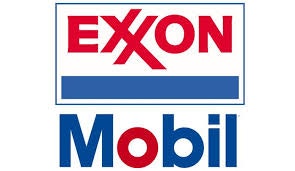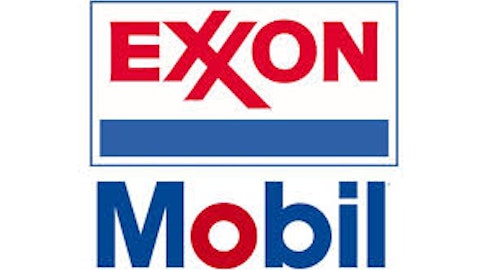For some reason, the oil market is always spoken of in hyperbolic terms. A pending dispute between two nations can double oil prices within a matter of months. Or peak oil worries set in and prices will skyrocket as production declines. Today, the new theory is that we are at a point of peak demand, and the decline in OECD demand will lead us to a more rosy energy outlook on the horizon.
There is one thing that we should all give pause to before immediately reacting to news like this: demographics. The sheer size of the global population and the disparity in global economic wealth make the concept of peak oil demand much more difficult to realize than we can possibly imagine.

One Shot, One Beer
One of the general ways that we look at the world is by dividing it up into the slow growth, developed economies and the fast growing, developing economies. Right now, oil demand for the two categories is roughly even at about 45 million barrels of oil per day. But that is just about the only metric where these two groups of nations are equal. There are 4.72 times more people in the developing world, which means that per capita use of oil is considerably smaller than that of developed nations.
| Population (billions) | Oil Demand (in million barrels per day) | Per capita oil demand (gallons per person*day) | |
| OECD member nations | 1.247 | 45.581 | 1.595 |
| non-members | 5.89 | 44.187 | 0.314 |
Source: Organization for Economic Cooperation and Development and BP statistical review of world energy, authors calculations.
As developing economies advance, it is assumed that they will consume more oil. So for oil demand to remain flat, developing nations would need to reduce their consumption by an equal amount. It can be hard to conceptualize very large numbers like global GDP and world oil demand, so let’s make a comparison that almost everyone can understand: drinks. If every person in the developing world were to increase their oil consumption by one shot glass a day, those in developed nations would in turn need to use 1 beer can of oil less in order for global demand to remain flat.
What is even more humbling is that those numbers only account for current population. If we were to assume per capita oil consumption were to remain flat between now and 2030, then the projected increase in population would require an increase in production equal to both Exxon Mobil Corporation (NYSE:XOM) and Chevron Corporation (NYSE:CVX) more than tripling their current oil production over that time frame…just to maintain the status quo.
More than just US and China
We all have a tendency to use the US and China as the bellwethers for the developed and developing world, respectively. The thing is, there are many places in the developing world that are not going to behave like China. In fact, based on projections from the OECD, China’s population is expected to peak in 2025 and then decline while the rest of the developing world is expected to grow by 2 billion people. More importantly, the places we expect to see the largest gains in population growth have some of the lowest fuel consumption.
Today, over 60% of the population in Africa use biomass such as firewood as their primary energy source, and a study done at Havard’s John F. Kennedy School of Government found that 90% of the rural Indian population still relied on biomass as the primary cooking fuel. As population in both of these regions grow and living conditions improve, oil demand will most definitely follow.
What a Fool Believes
According to The Economist, over 1 billion people have been taken out of extreme poverty over the past 20 years, and the UN’s Millennium Development Goals will look to remove another billion. Freedom from the shackles of gripping poverty will ultimately require more energy resources, though. We have made major strides in the developed world to replace some of our hydrocarbon use with alternatives, but global demand for oil will continue to rise as populations increase and living conditions improve.
At the same time, we shouldn’t fret too much about increasing demand. If we as a human civilization have proved anything over the course of human history, it’s that we have an immaculate ability to innovate and create new technology to harness energy for consumption. Personally, I look forward to seeing what we have up our sleeves to meet these impending challenges. Not only will human ingenuity and innovation ride to meet these lofty demands, but it will most certainly create several investment opportunities down the road.
The article Don’t Place Your Bets On Peak Oil Demand Just Yet originally appeared on Fool.com and is written by Tyler Crowe.
Fool contributor Tyler Crowe has no position in any stocks mentioned. You can follow him at Fool.com under the handle TMFDirtyBird, on Google +, or on Twitter: @TylerCroweFool.The Motley Fool recommends Chevron.
Copyright © 1995 – 2013 The Motley Fool, LLC. All rights reserved. The Motley Fool has a disclosure policy.




